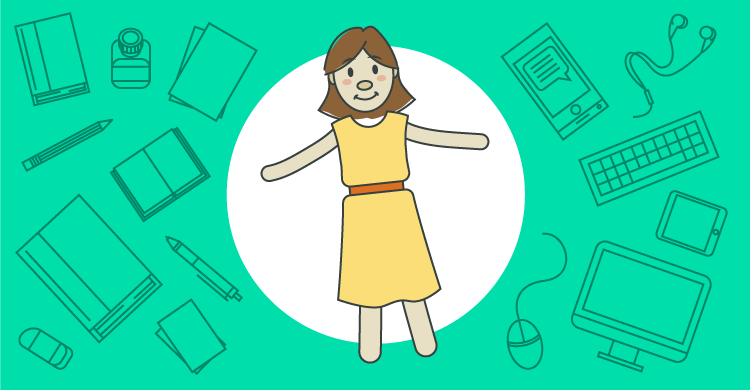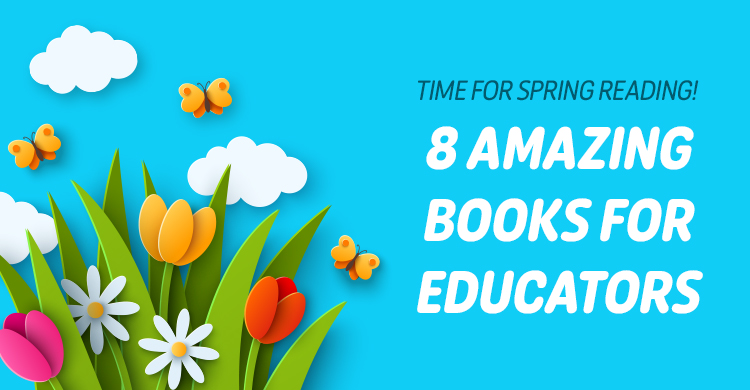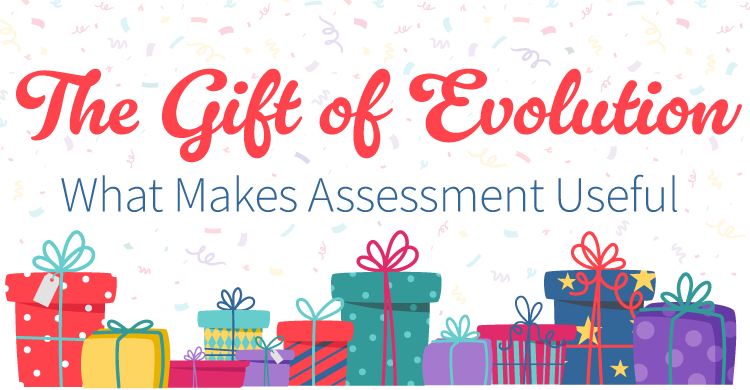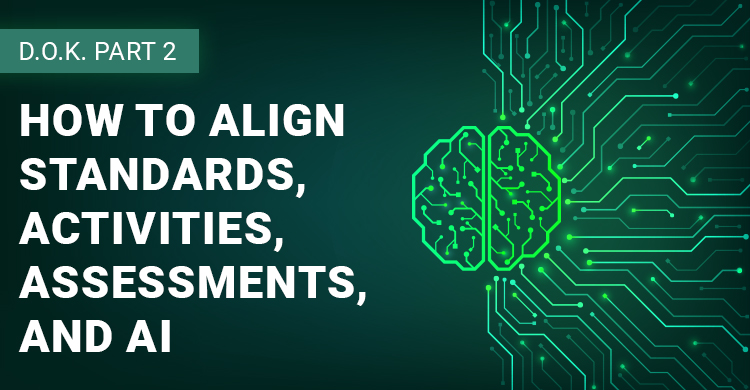21st Century Literacy
If literacy consists of processing codified text as a way to communicate via reading, writing, listening, speaking, and viewing and representing, then 21st century literacy is literacy on steroids. In a world where the sheer volume of text is overwhelming and the speed of communications and digital interactions is blinding, 21st century literacy is about how students learn to process this avalanche of information, not just for edutainment but also for honing their academic literacy skills in all content areas. They must learn to think, question the author, wonder about a confusing statement, hypothesize why the author has taken a specific stance, draw inferences about tonality and mood, and appreciate good literature in all its forms. Twenty-first century literacy is the expansive scope that takes a close look at the roles language and literacy play in our world. And the “right to be literate” implies that students will be able to participate fully in these endeavors as contributing members of an educated and literate society.
The Digital Era
In this predominantly digital century—less than 1 percent of information currently generated is on paper (Sasseen, Olmstead, & Mitchell, 2013)—students are actually doing much more with literacy tools than ever before. The amount of time they spend watching television and videos and playing on the Internet, all while process-ing information critically, creatively, and comprehensively, is remarkable. Students aged eight to eighteen spend seven hours a day behind a screen of some sort, sending 3,417 text messages a month. They use, consume, and produce twenty billion photos on Instagram and upload 350,000 photos each day on Facebook (Lella & Lipsman, 2014).
Literacy-Savvy Students
Students might actually be more literacy savvy than ever before. Yet, their literacy experiences look dramatically different than those of their teachers or parents. They are not likely to be sprawled on the overstuffed chair reading a book, nor are they sitting at a desk, writing a letter to Grandma. Rather, 21st century students are most likely to be huddled together over a digital device, viewing the latest YouTube video, walking while texting, or tweeting their friends in a never-ending stream of abbreviated and tween-coded communications.
The Right to Be Literate
However, positioned obscurely alongside this digital phenomenon is the daunting, yet undeniable, socioeconomic effect of these changes. The call for an equal opportunity to be literate brings to light the lopsided, polarizing forces that inhibit opportunities for all students to become competent, proficient, and literate young people in a digital world. Luis Machado, former Venezuelan minister of intelligence, published his seminal book The Right to Be Intelligent in 1980. He addressed theories of modification of intelligence, stating that people are not born with an IQ number that represents a fixed intelligence. Rather, he believed that people’s intelligences change as they learn within an environment that nurtures what nature has provided. Our title is inspired by Machado’s book and the passion of its message. Every child has the right and the capacity to be intelligent, just as every child has the right and capacity to be literate! This is not a rite of passage secured for the prosperous and privileged. It is a promise and a pledge for all children in U.S. schools, privileged or poor.
Why Can’t We Teach All Kids to Read?
So why can’t we teach all students to read and write, to speak and listen, and to master the skills of the truly literate person? If literacy is really our priority, then there is no logical, rational, or plausible reason why all students cannot attain these most basic, foundational goals. Sue Duncan, founder and head teacher of the Sue Duncan Children’s Center, says it best: “I have never found a child I could not teach to read” (as cited in Kolb, 2014). Her words signal the determination and commitment of dedicated teachers across the United States. It is an unrelenting journey of labor and love to move all students, regardless of their station in life, toward literacy success. As the implementation of literacy standards continues, the need for highly engaging, standards-based instructional strategies are needed now more than ever before.
The Literacy Landscape
Upon further examination of this uneven literacy landscape, we find reasons that tend to perpetuate this dilemma. For instance, while every student has a right to be literate, not all teachers are trained as reading teachers. Similarly, elementary teaching certifications require what are traditionally considered the language arts courses, rich in skills of reading, writing, speaking and listening, while middle and secondary coursework often focuses on the specific subject matter of the degree program. There is no argument that change is occurring or that literacy skills are critical in every field of study. Therefore, an explicit focus must fall on these areas of expertise as well as on the discipline-specific content of the course. Constant and varied reinforcement of literacy skills across content areas deepens student effectiveness with literacy in all its forms and provides levels of proficiency that become permanent tools for a lifetime of effective communication and productive collaborations.
[author_bio id=”341″]
[author_bio id=”53″]







Heading to Mississippi to meet with the staff of this school on August 3! I will share this post with them! THANK YOU! http://www.msnbc.com/msnbc/watch/educators-dig-into-own-pockets-as-mississippi-struggles-431594051843